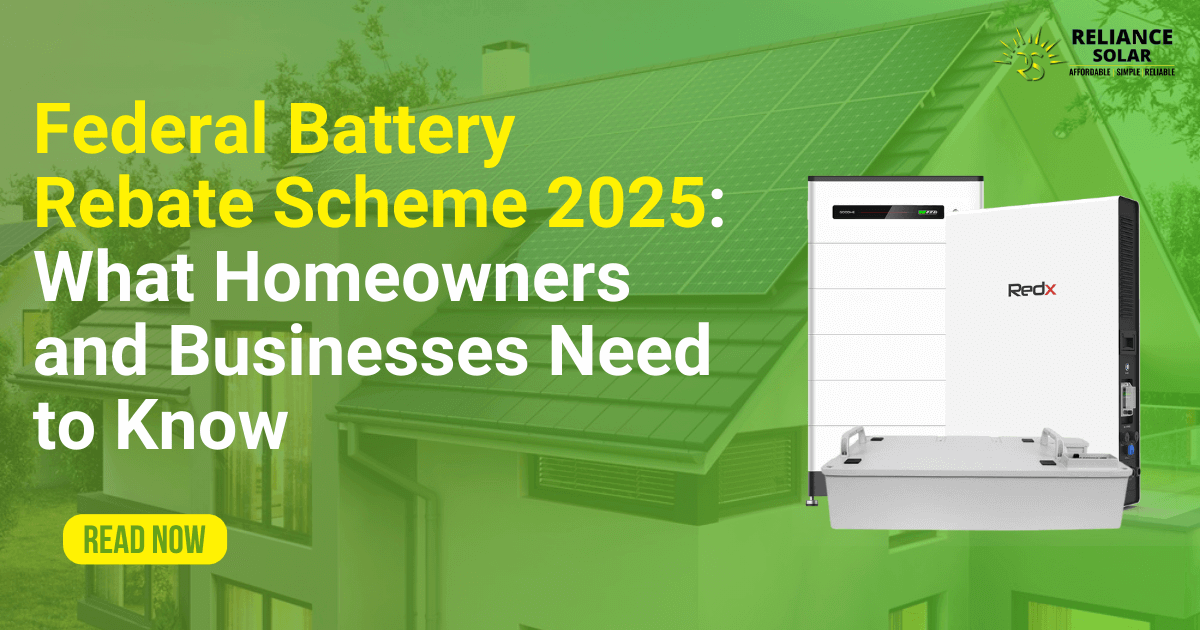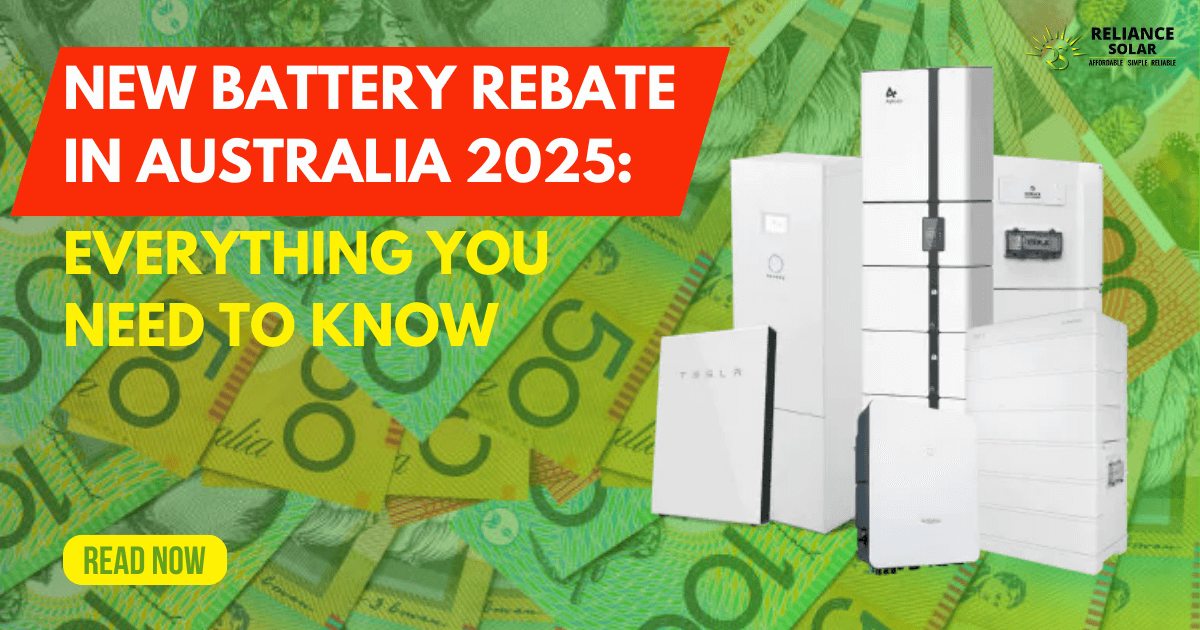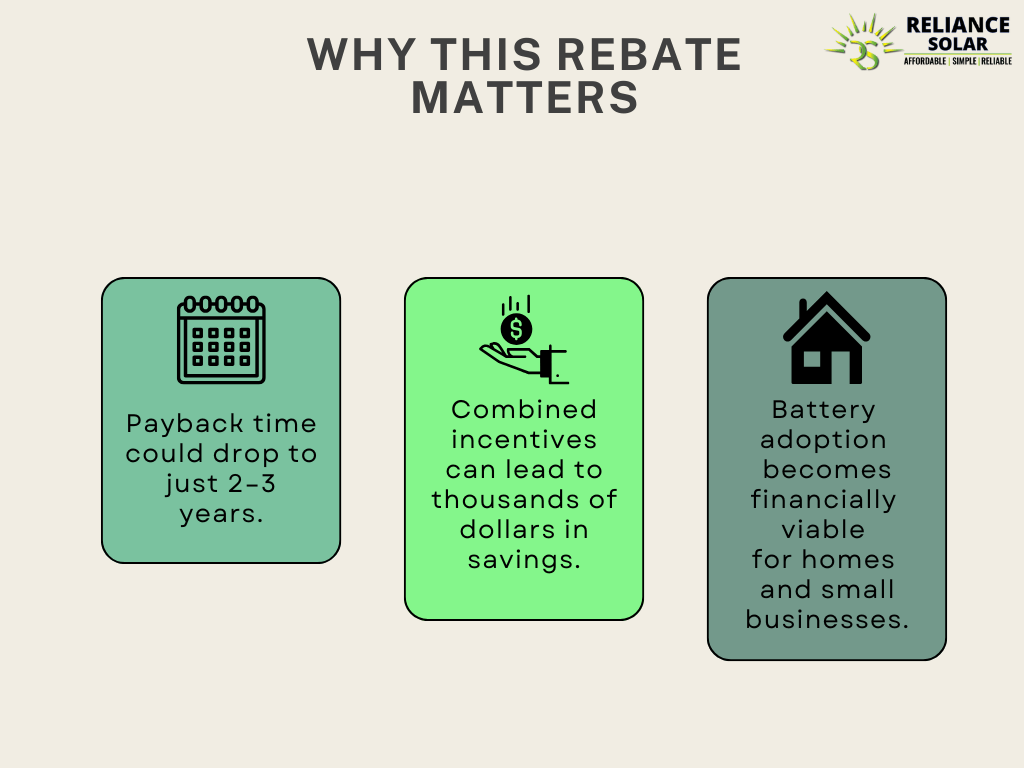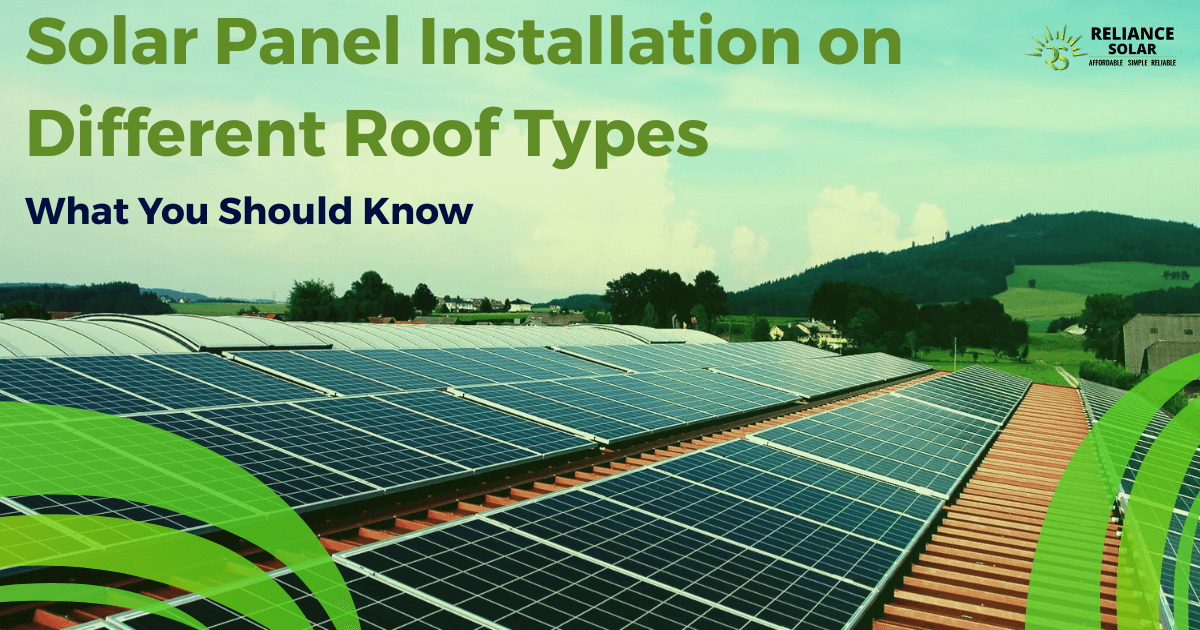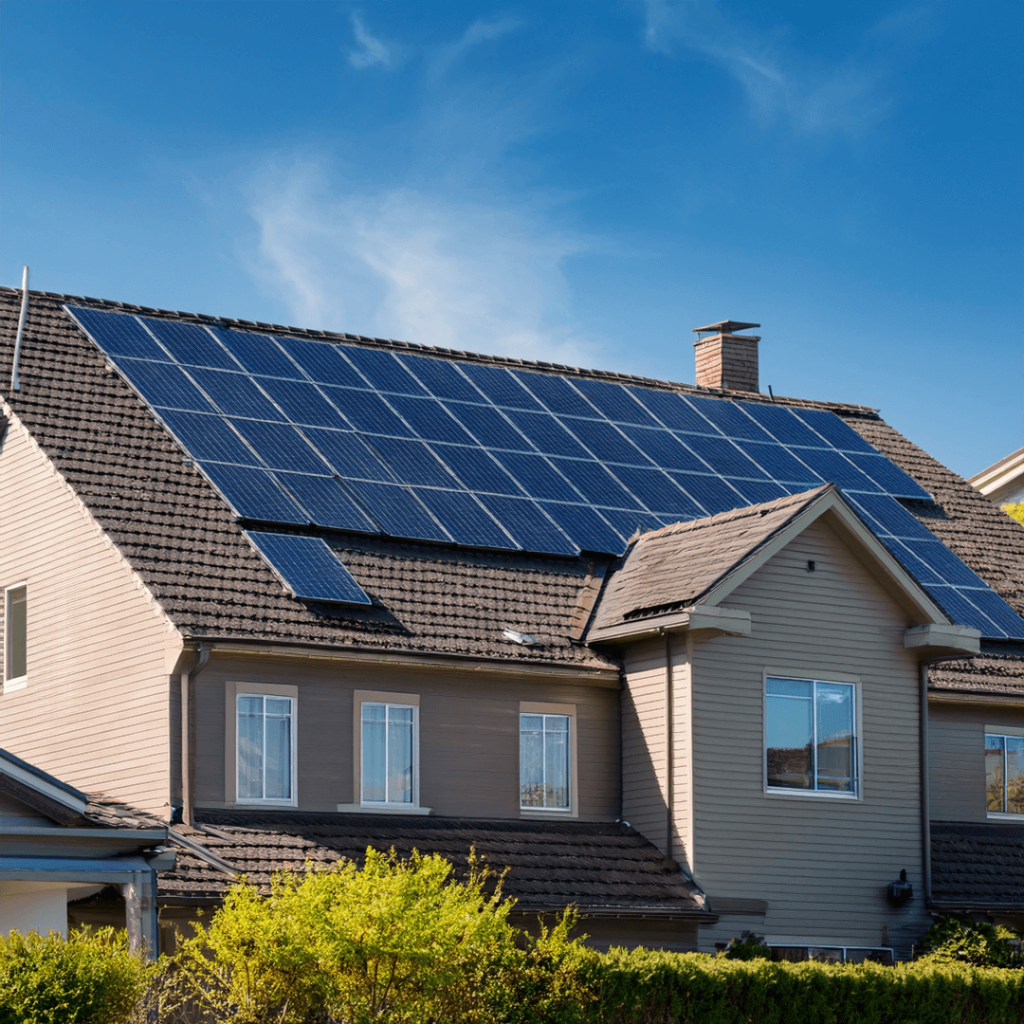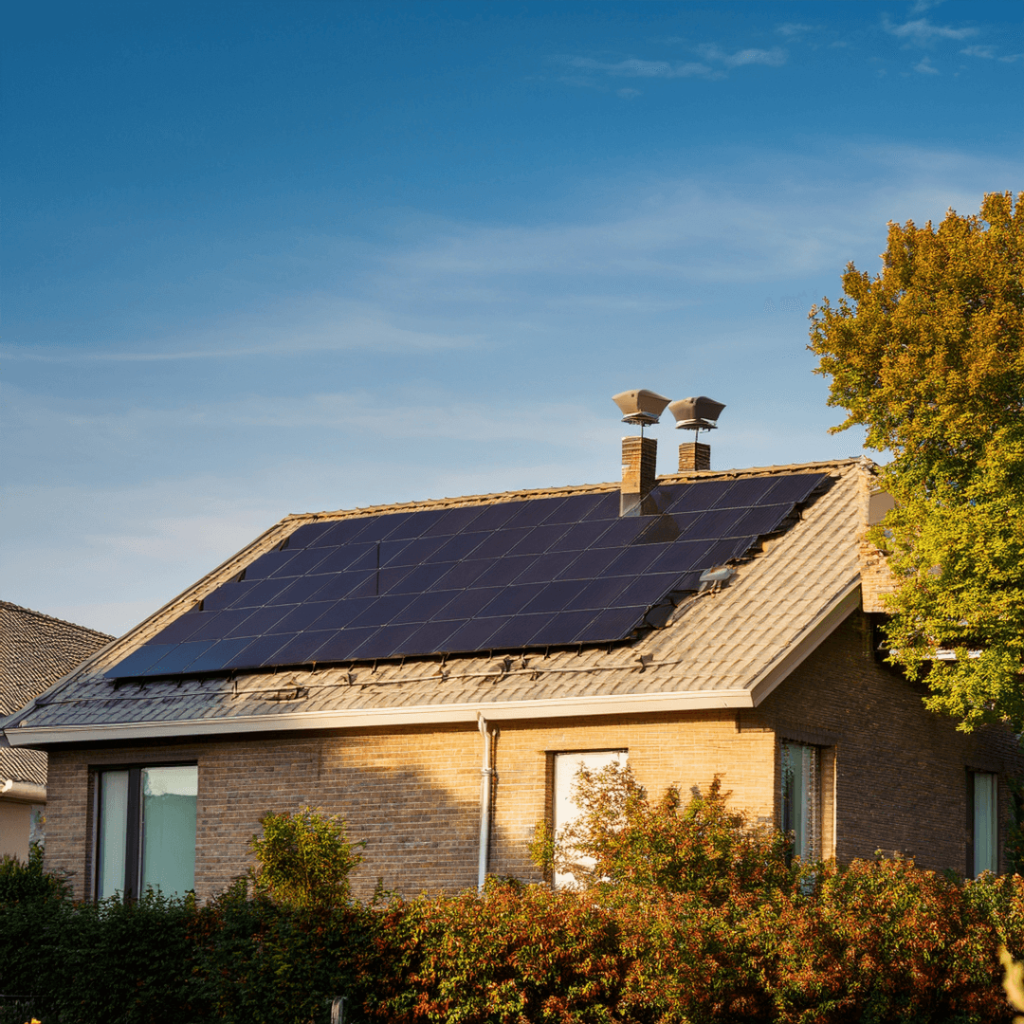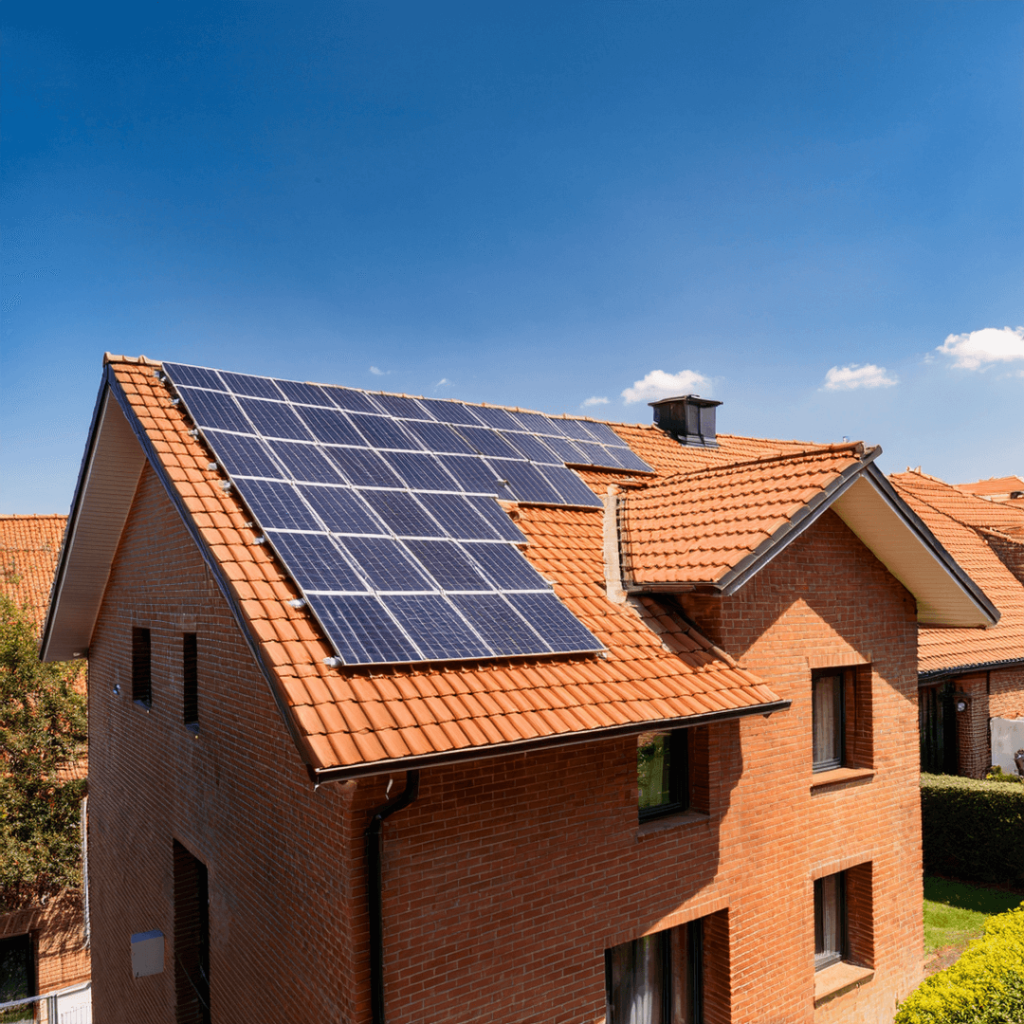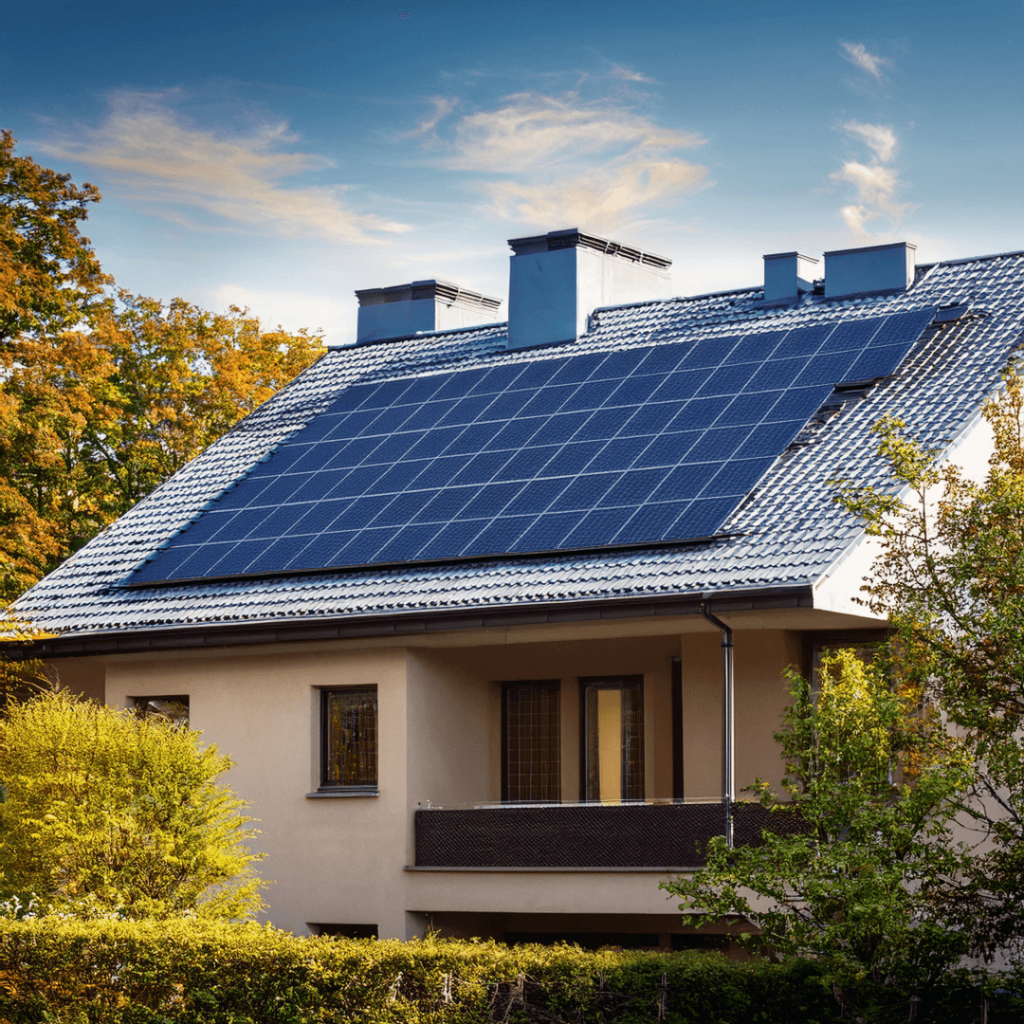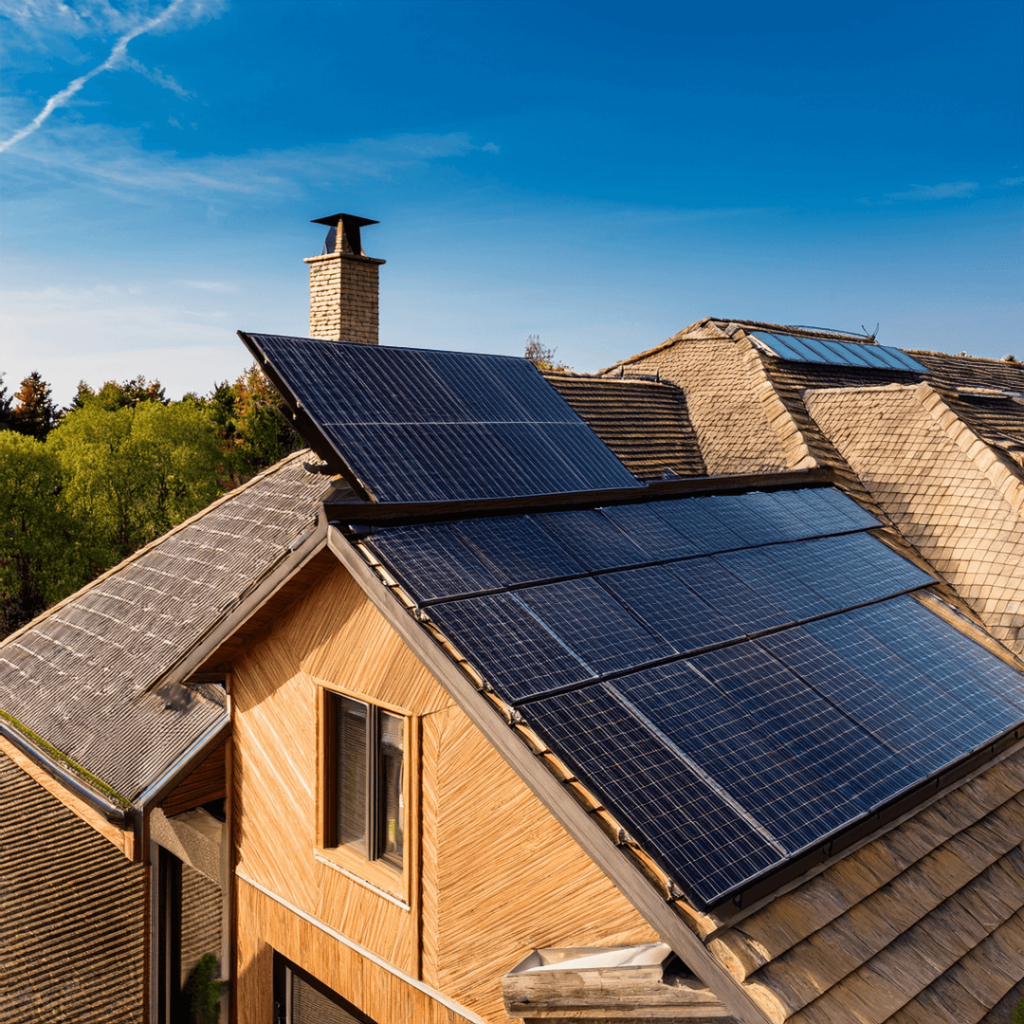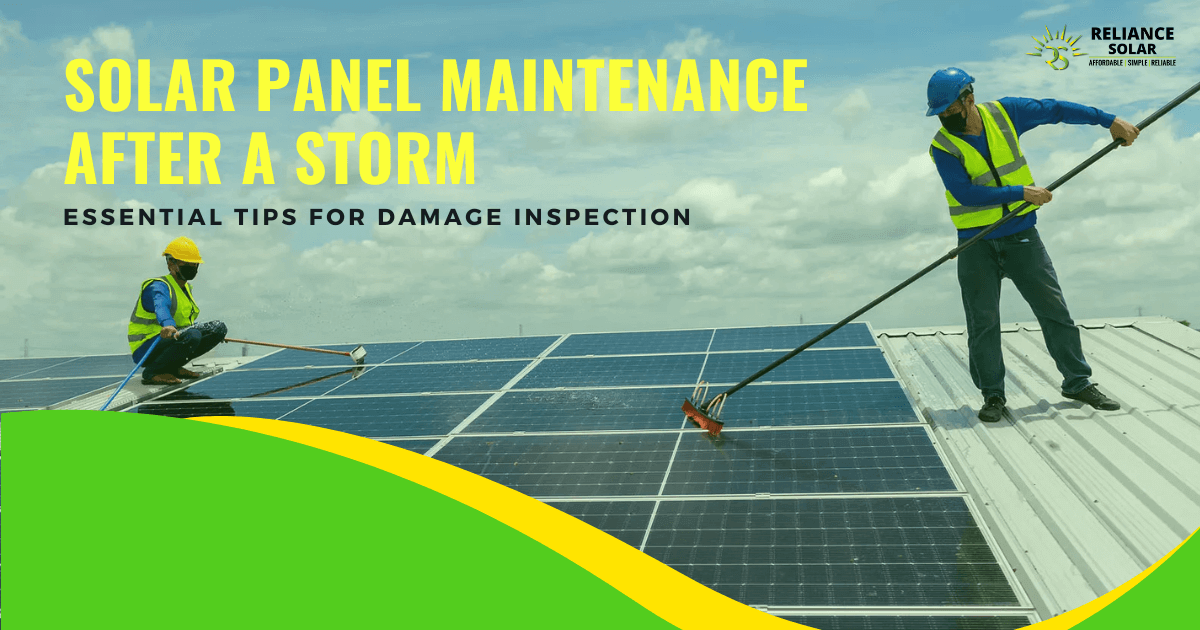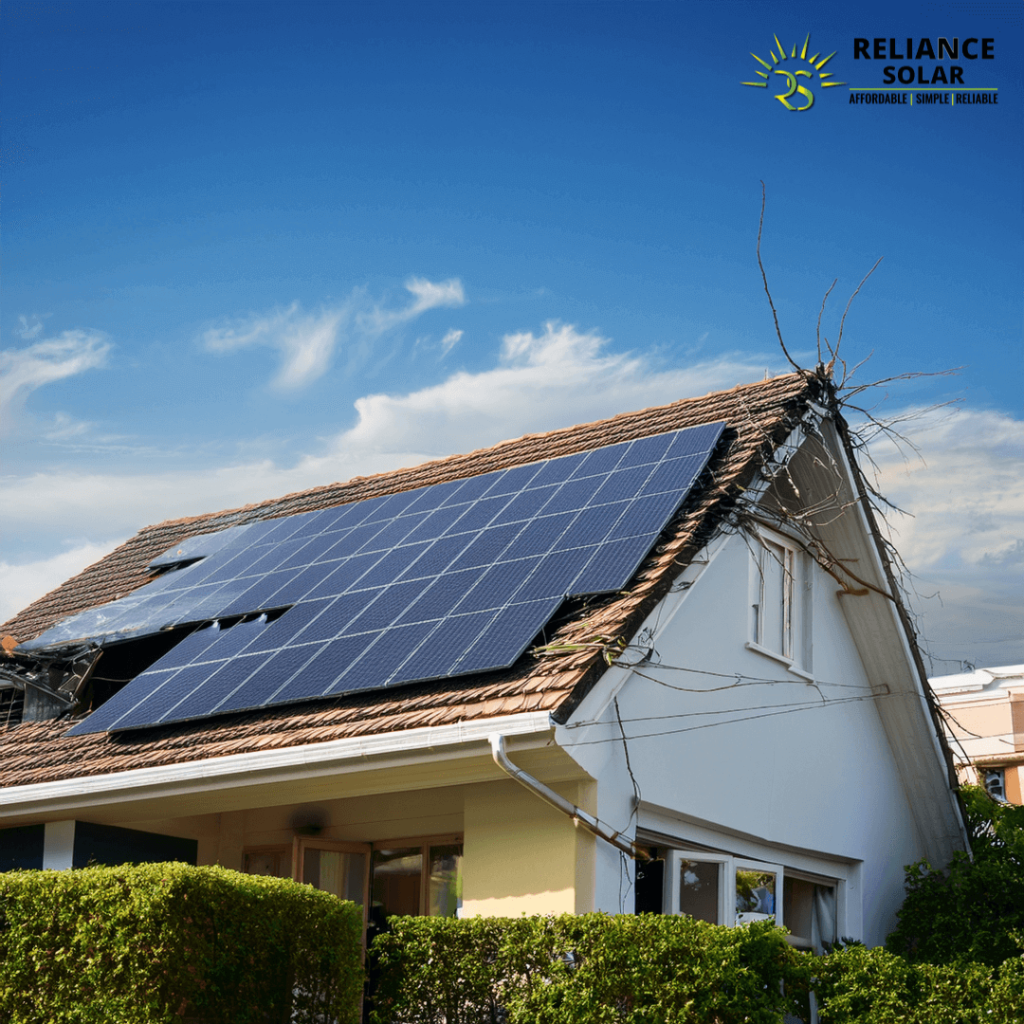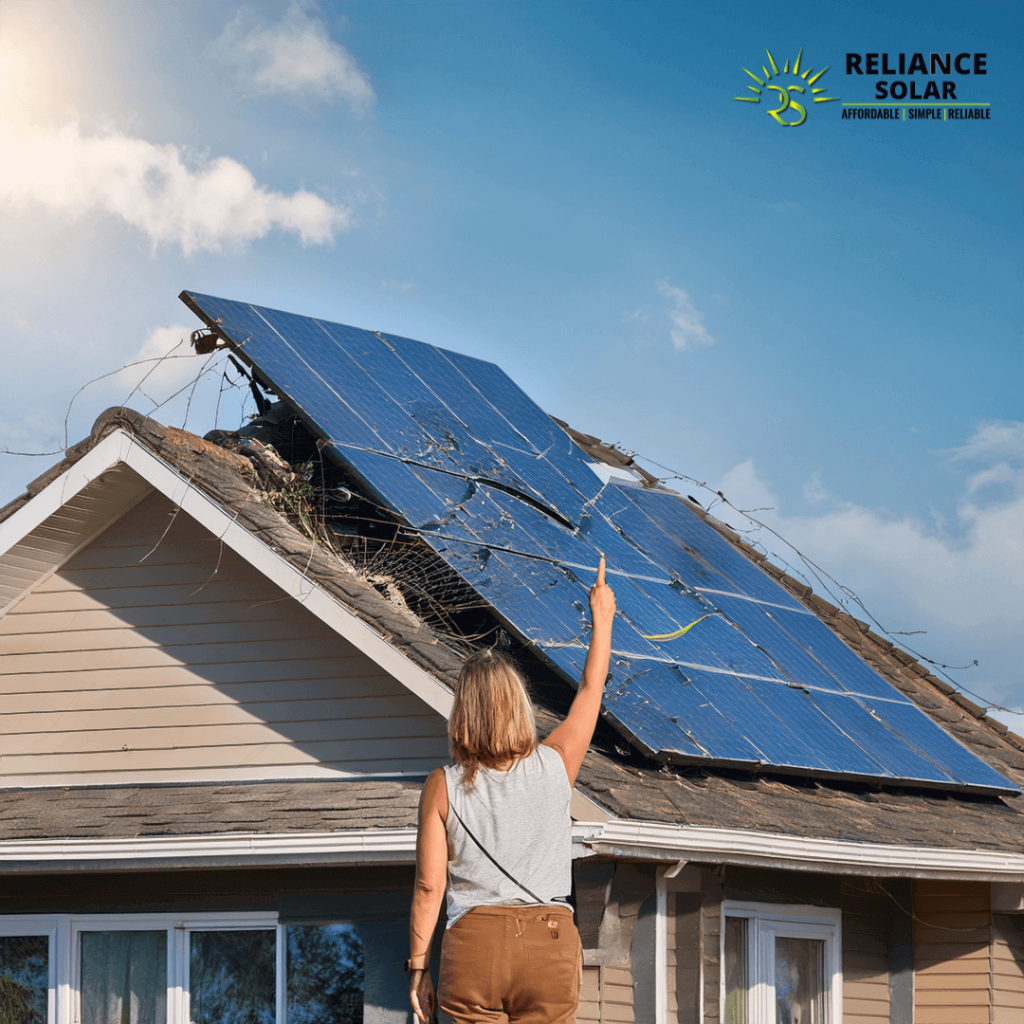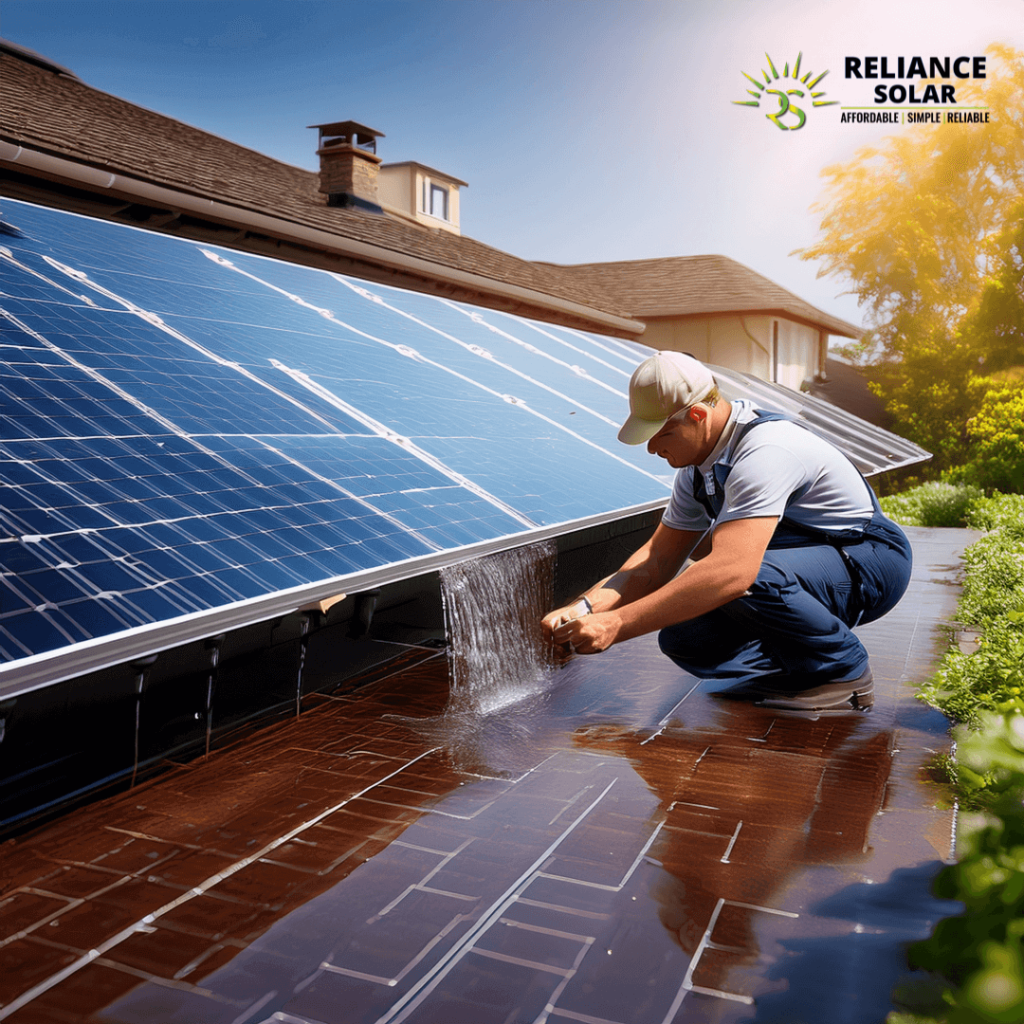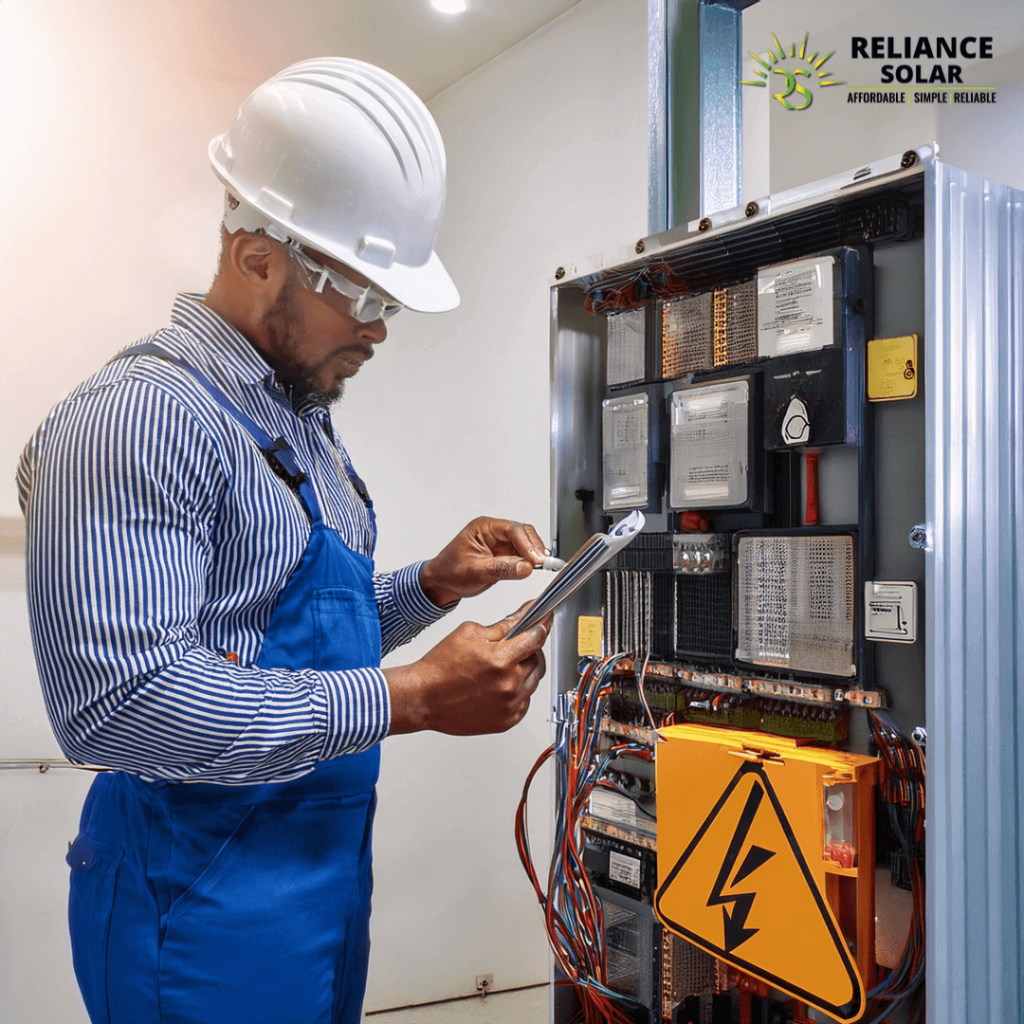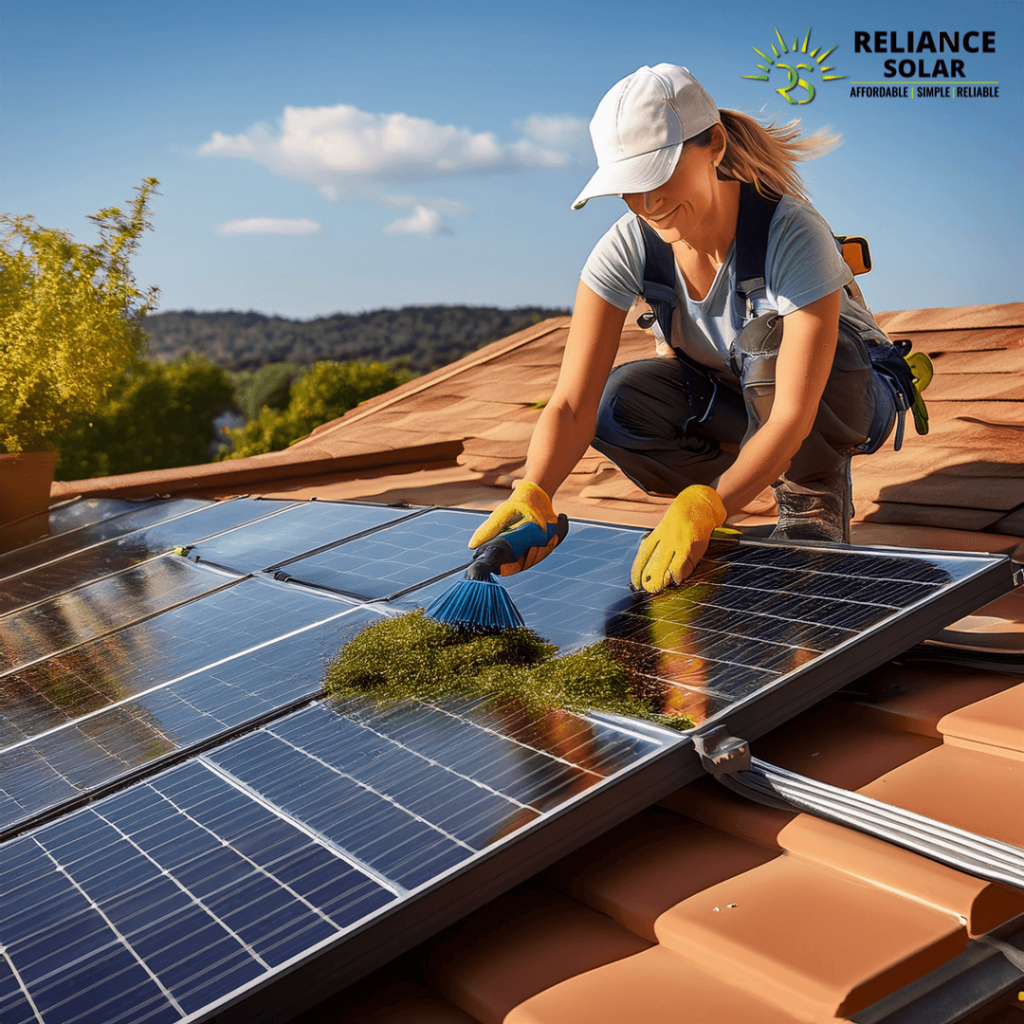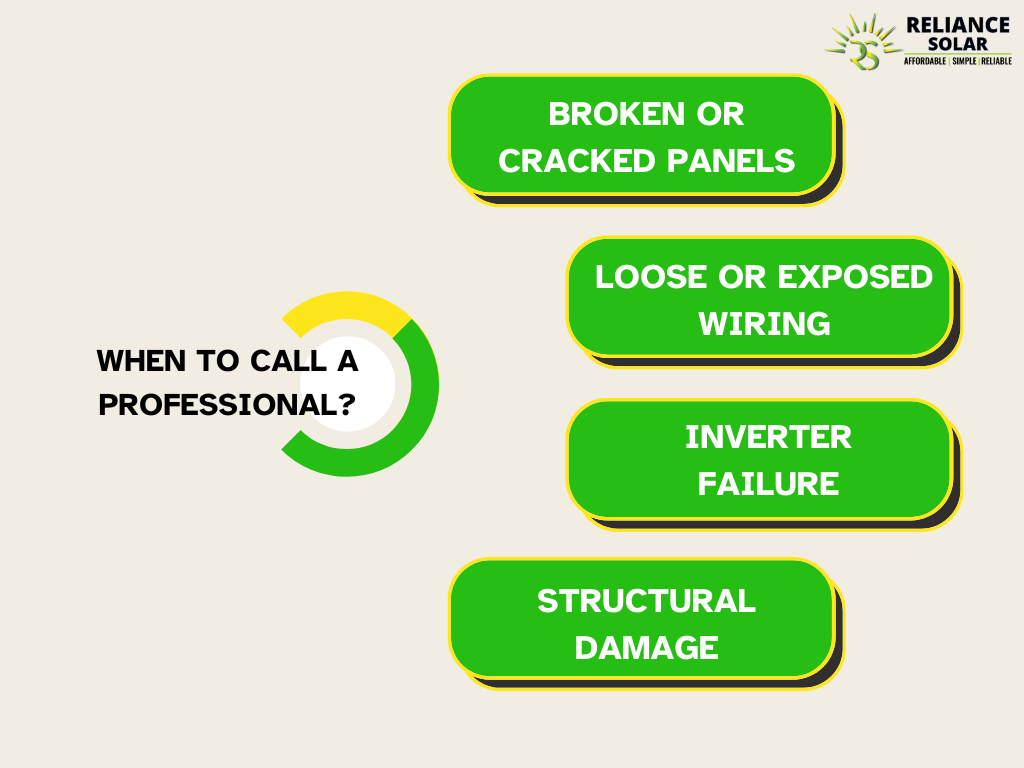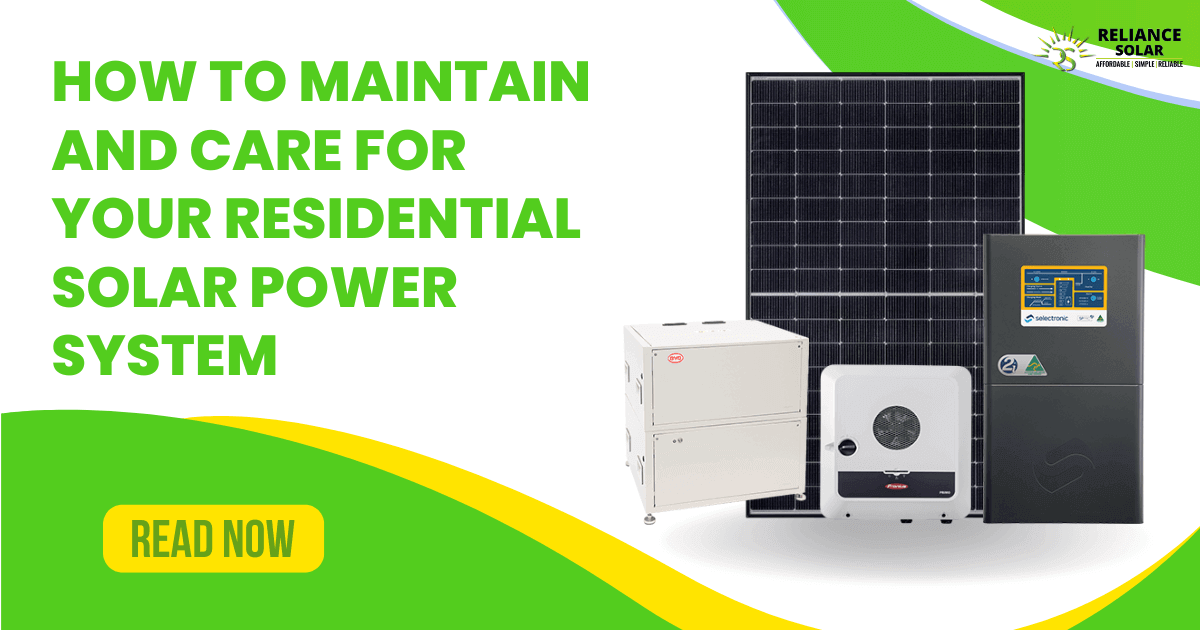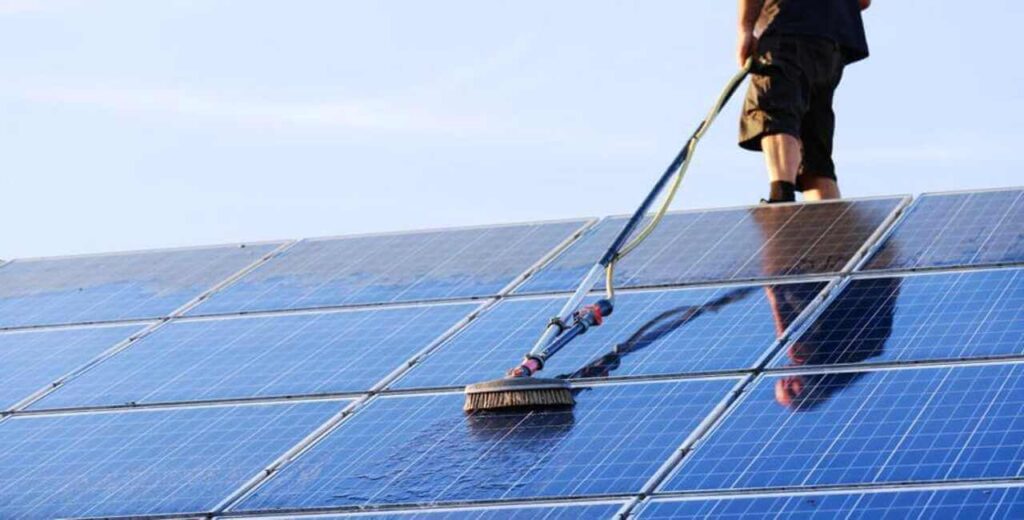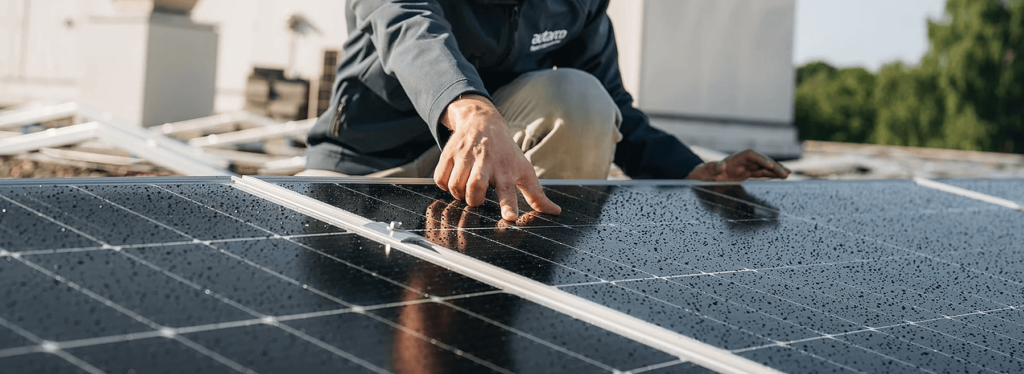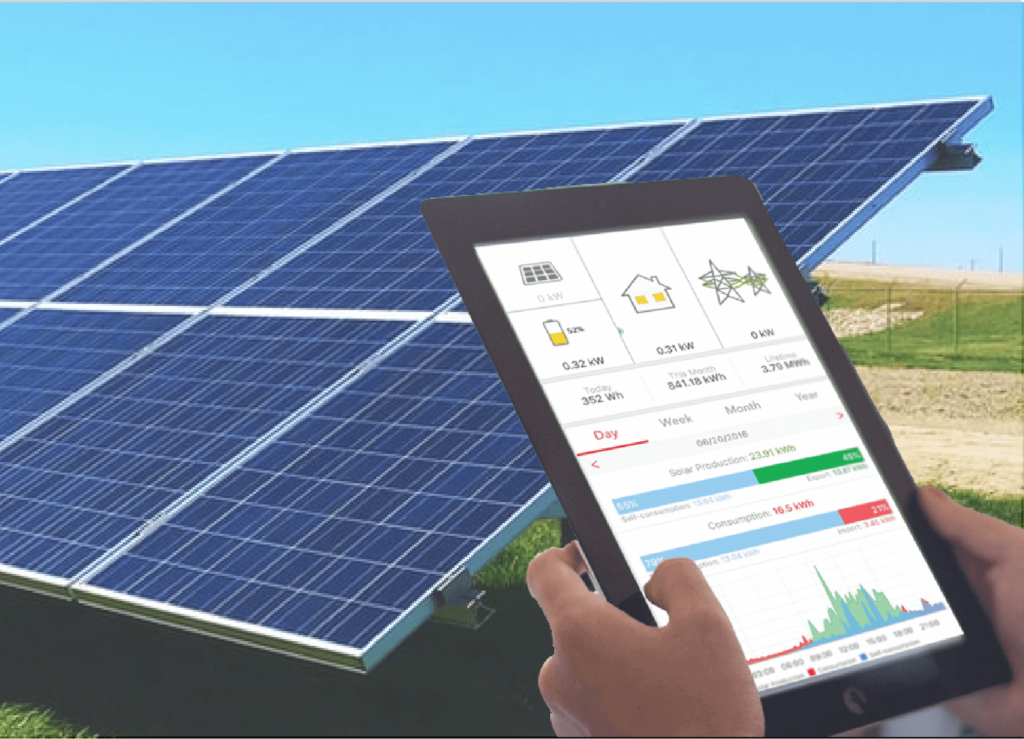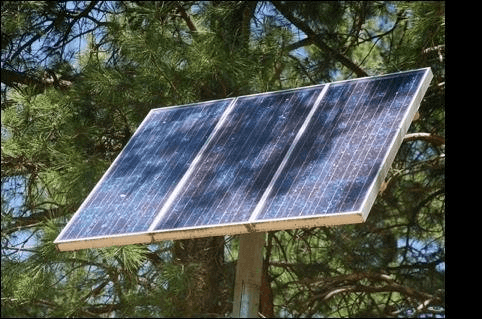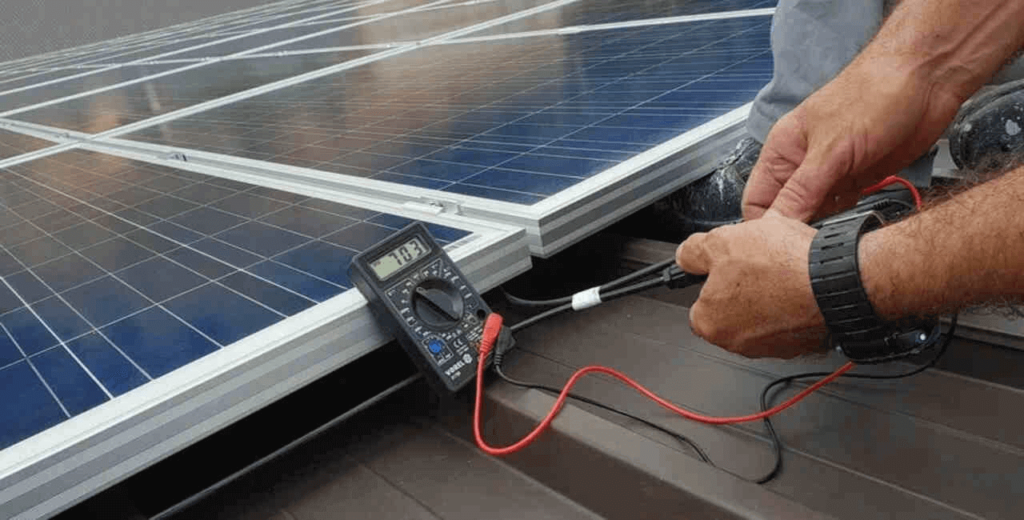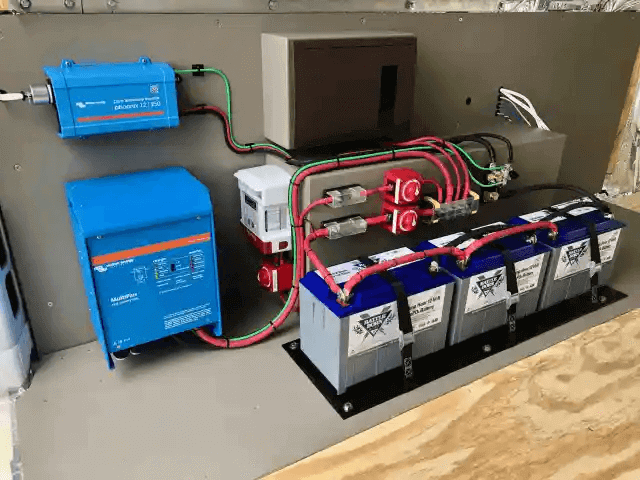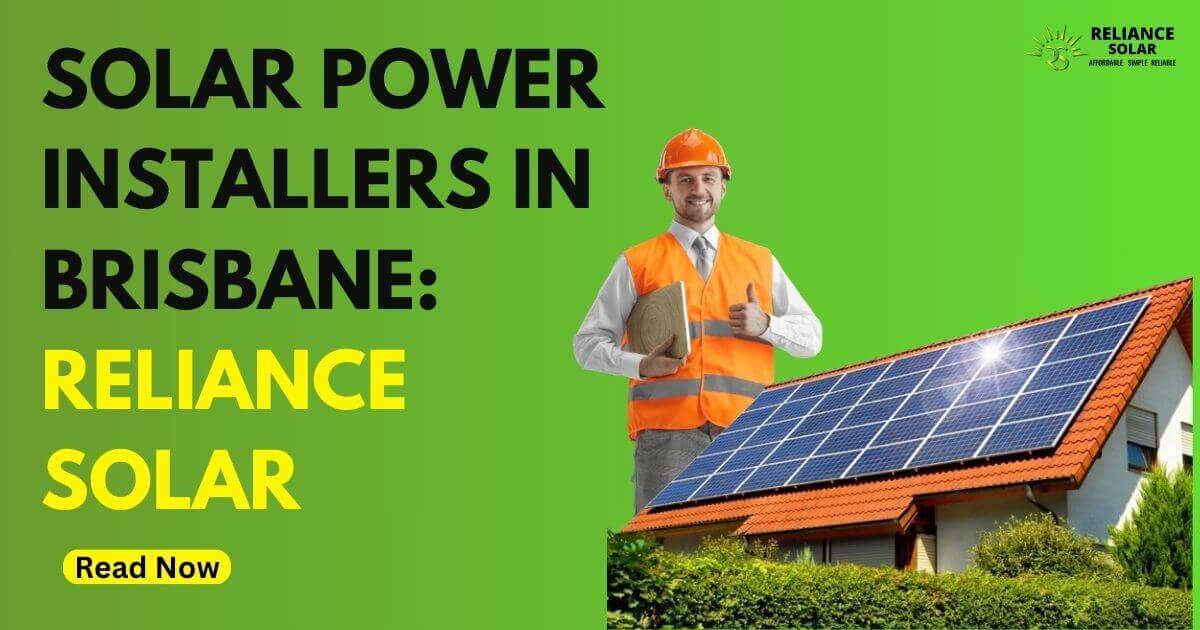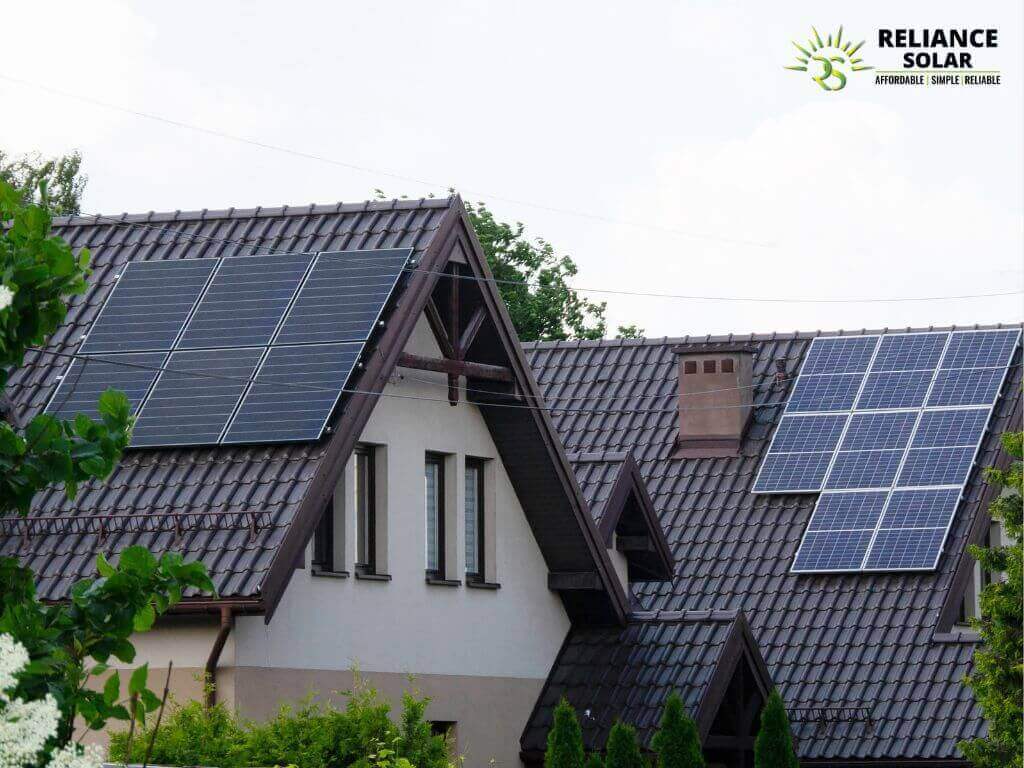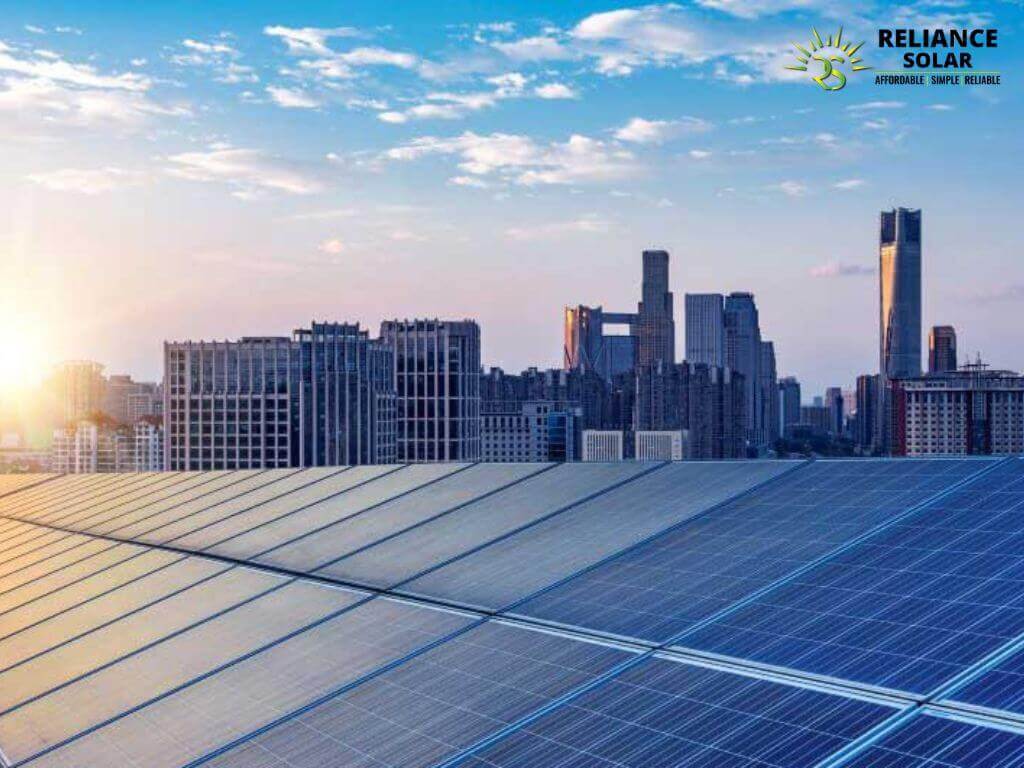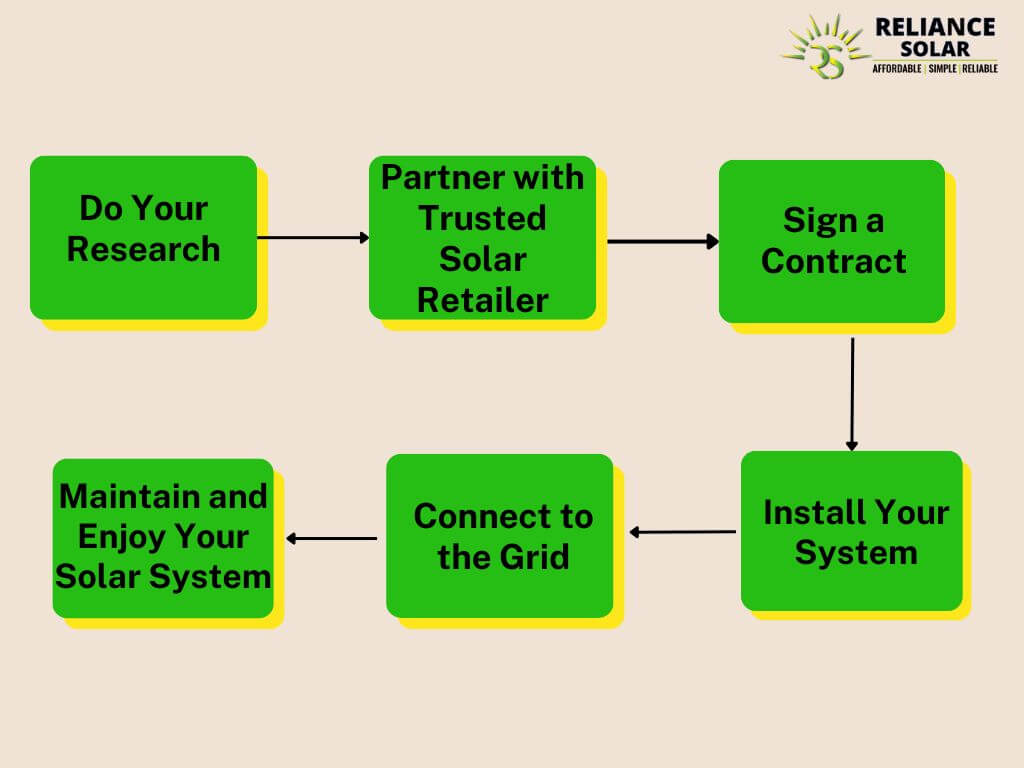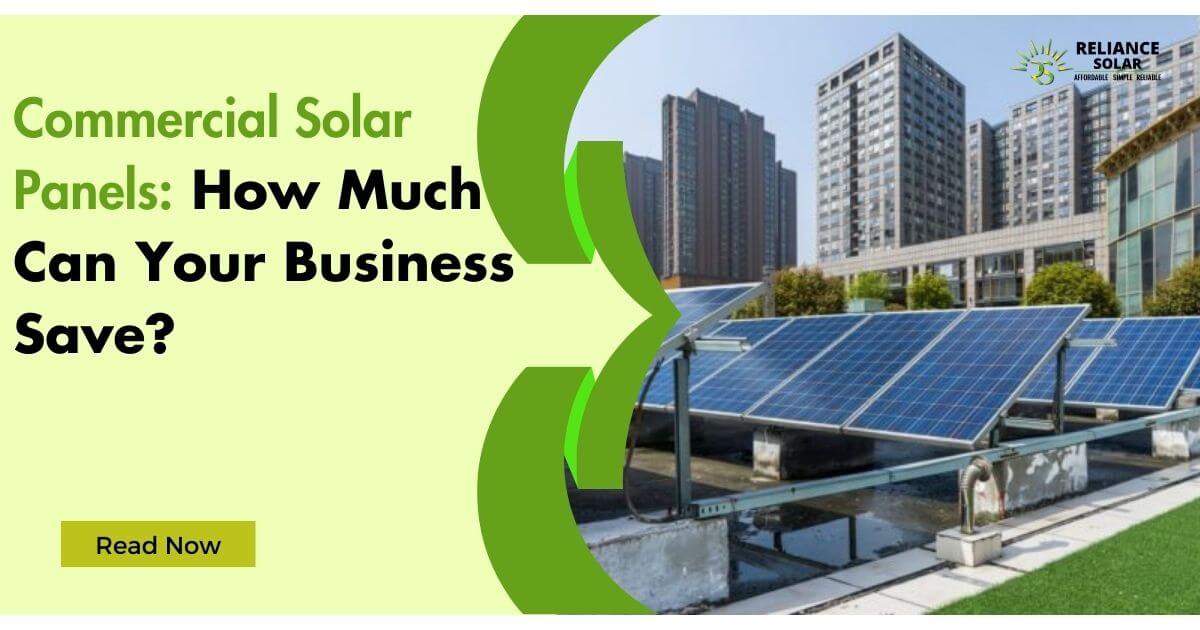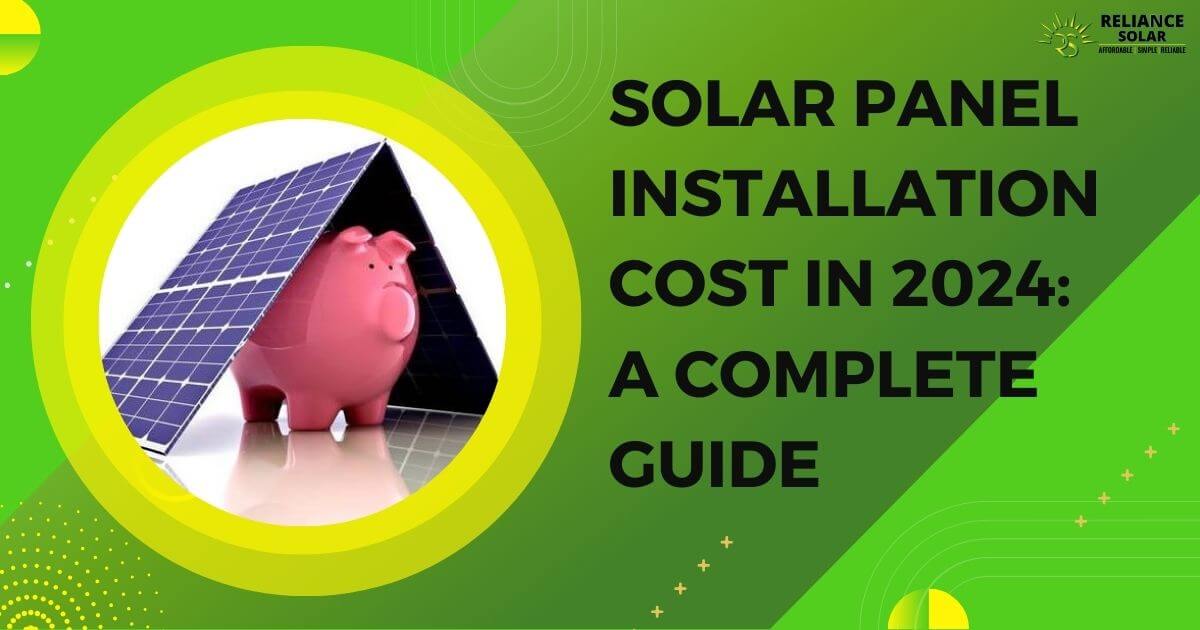Australia is moving closer to a more energy-resilient future, and one of the most significant initiatives on the horizon is the Federal Battery Rebate Scheme 2025, set to begin on 1 July 2025. The aim is to help more Australians access affordable battery storage solutions by offering substantial financial support on new installations.
If you’re planning to invest in battery storage or upgrade your existing setup, here’s a complete breakdown of what the rebate involves and how you can benefit from it.
A Game-Changer for Energy Storage
The upcoming rebate is designed to make battery storage more affordable by reducing the initial purchase and installation costs for households and small businesses. Although often called a “rebate,” this program functions more like a government-backed subsidy. The value is tied to a system of Small-scale Technology Certificates (STCs), which help offset costs based on the size of the battery installed.
This program mirrors the model used for solar PV systems in past years, which helped spark massive growth in residential solar installations across the country.
Key Eligibility Highlights
To take advantage of the rebate, your battery installation must meet several key requirements. Here’s what we know so far:
1. Installation Timeline
- The battery must be installed and certified on or after 1 July 2025.
- “Installed” means a Certificate of Electrical Compliance (CoC) has been signed, confirming that all relevant electrical and safety standards are met.
- Systems installed prior to this date may not qualify, even if they remain unused until the program begins.
2. Off-Grid Support
- Off-grid systems can qualify if:
- They are located at least 1 kilometre from a power grid, or
- The cost of grid connection exceeds $30,000.
- They are located at least 1 kilometre from a power grid, or
- Unlike grid-connected systems, Virtual Power Plant (VPP) compatibility is not required for off-grid installations.
Rebate Value by Year
The rebate is based on the number of STCs a system generates, which in turn depends on the battery’s usable energy capacity. These certificates are converted into financial value — around $372 per kilowatt-hour (kWh) in 2025. However, the value will decline each year until the program concludes in 2030.
| Year | Estimated Rebate Value (per kWh) |
| 2025 | $372 |
| 2026 | $336 |
| 2027 | $296 |
| 2028 | $260 |
| 2029 | $224 |
| 2030 | $188 |
Figures are based on a $40 STC value and are subject to change depending on market conditions.
Expanding an Existing Battery?
Already have a battery system? You may still qualify for a rebate if:
- The existing system hasn’t already received support through this federal scheme.
- You’re adding at least 5kWh of usable capacity.
- The total system capacity after the upgrade doesn’t exceed 100kWh.
This allows homeowners and businesses to scale up their systems cost-effectively under the Federal Battery Rebate Scheme 2025.
Can You Combine This with Other Rebates?
Initially intended to be compatible with state-level incentives, the federal battery rebate may or may not be stackable, depending on local government rules.
For example, some states like New South Wales are currently evaluating how to align their programs with the national rebate to ensure consumers can benefit from both.
Ensuring Quality and Safety
The program is not just about financial support — it also emphasizes consumer protection. Installations must:
- Follow industry standards, including the Best Practice Guide for Battery Storage Equipment.
- Provide customers with clear information on energy savings and payback periods.
- Undergo inspection processes led by the Clean Energy Regulator, which is expanding its role from solar to include battery systems.
What’s Next?
While many details are now clearer, some aspects of the battery rebate scheme are still being finalised. As more information is released, homeowners and installers will need to stay up-to-date to ensure compliance and eligibility.
If you’re considering battery storage for your home or business, now is the time to start preparing. Speak to an accredited installer, explore your options, and be ready to make the most of the rebate when it officially opens in July 2025.
Need help navigating the new battery rebate scheme? Contact Reliance Solar team at 1300 559 829 or email us at info@reliancesolar.com.au for advice on eligibility, installation options, and how to maximise your return on investment. Let’s power your future—sustainably and affordably.
Buy High Quality Solar Products from Aussie Solar and Battery and get upto 50% discount.

